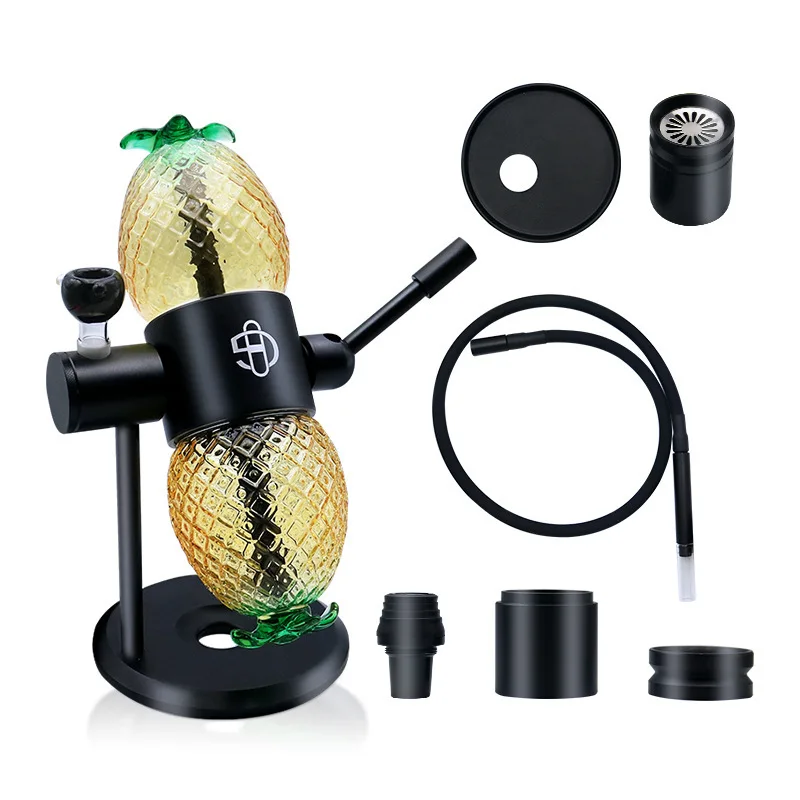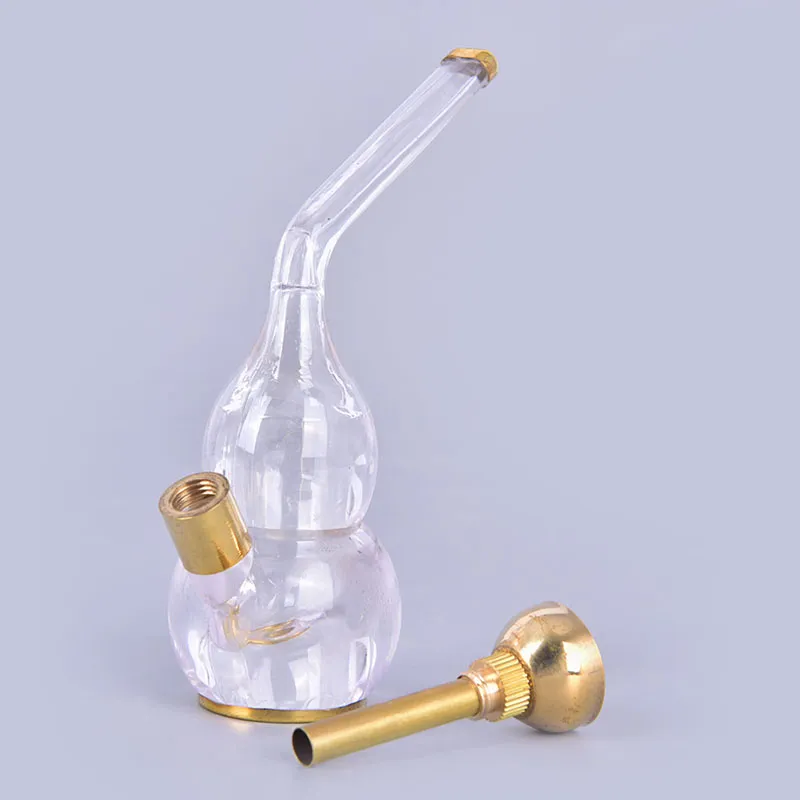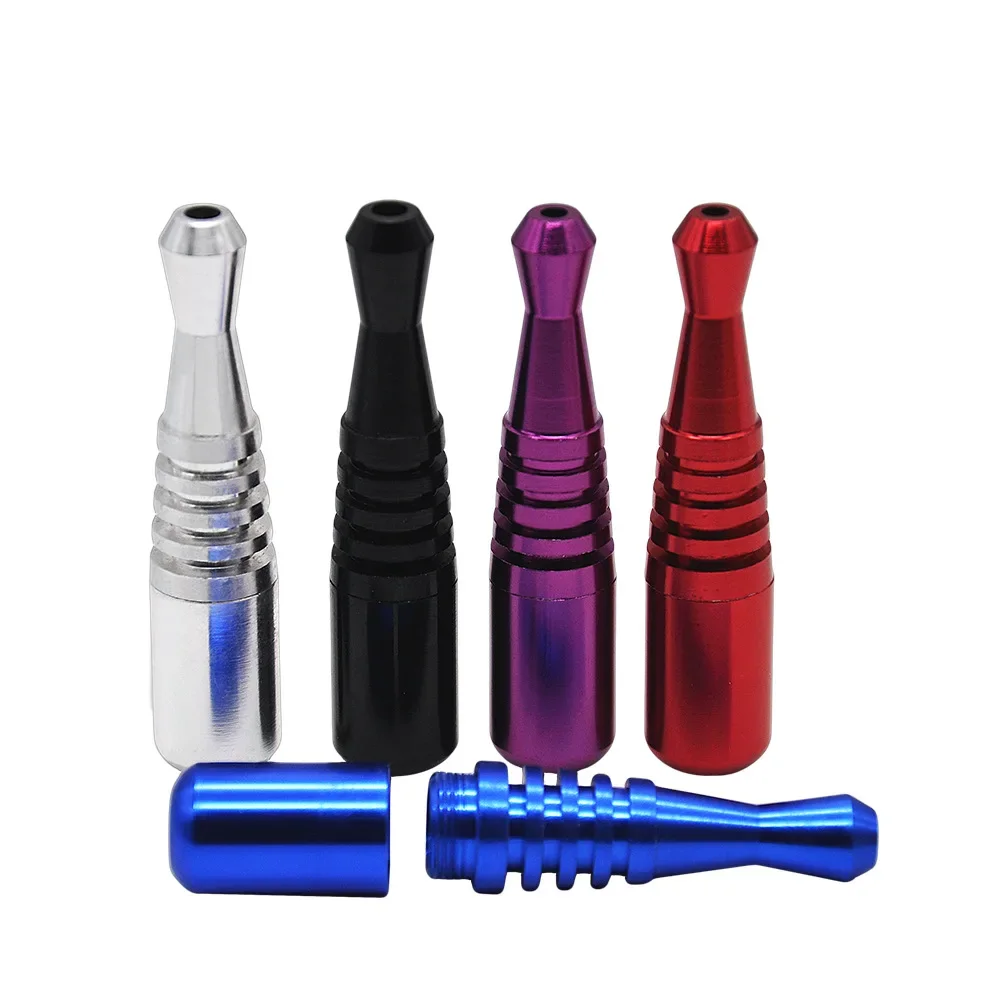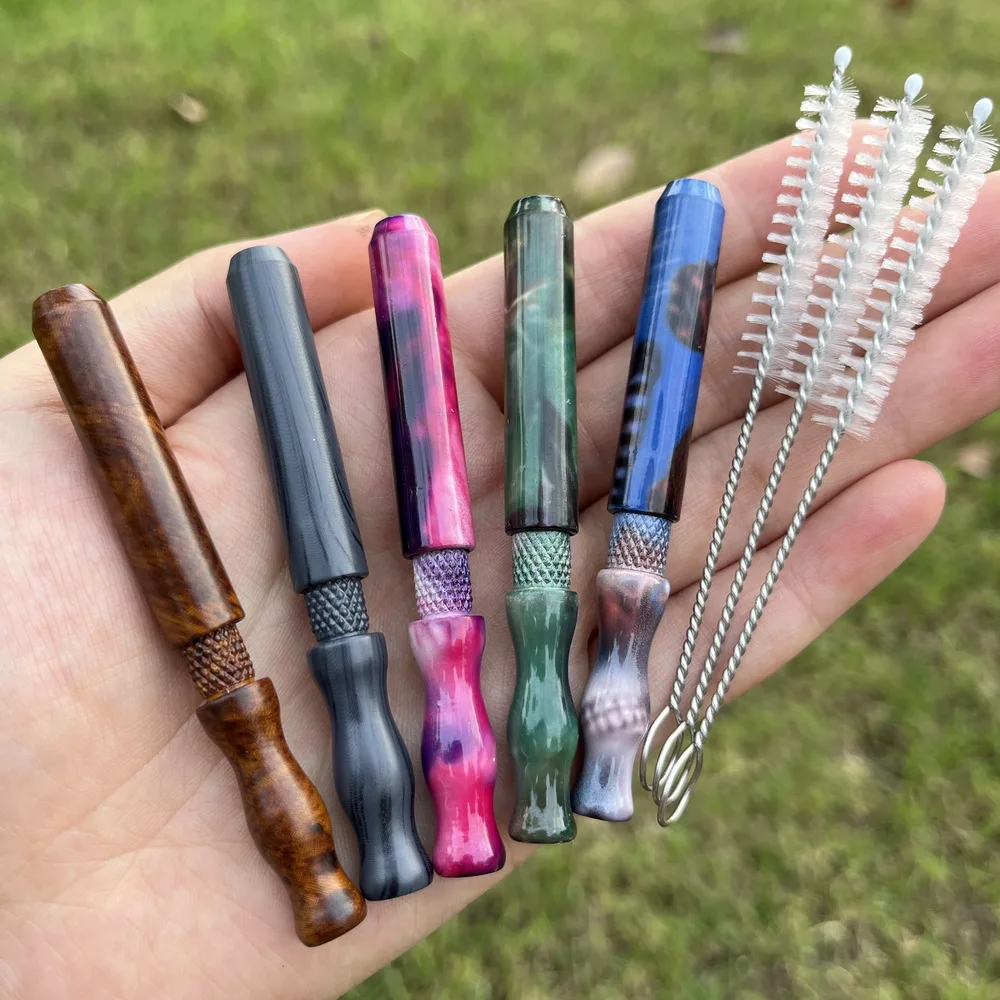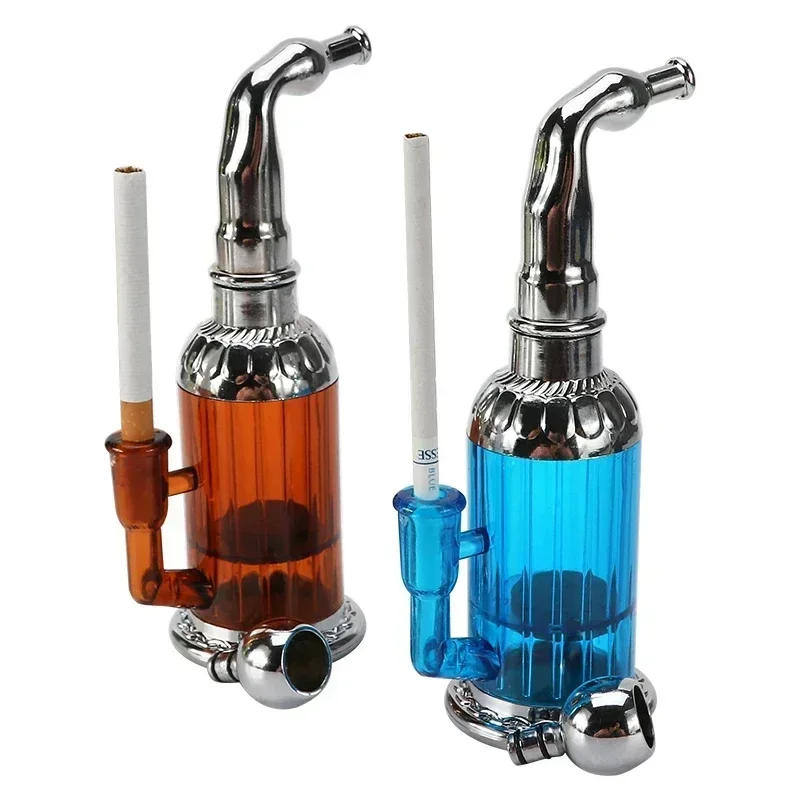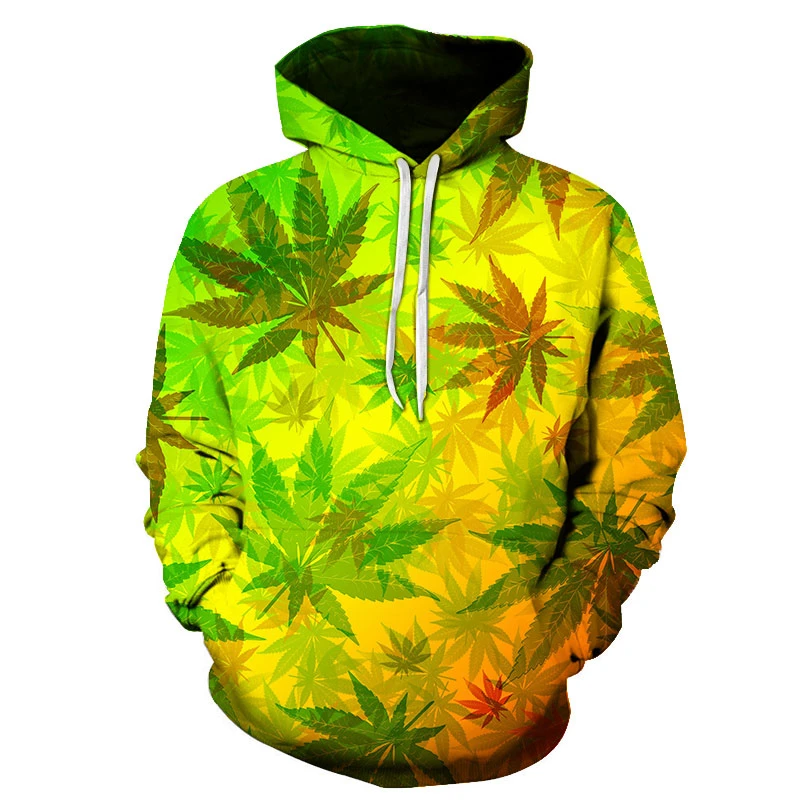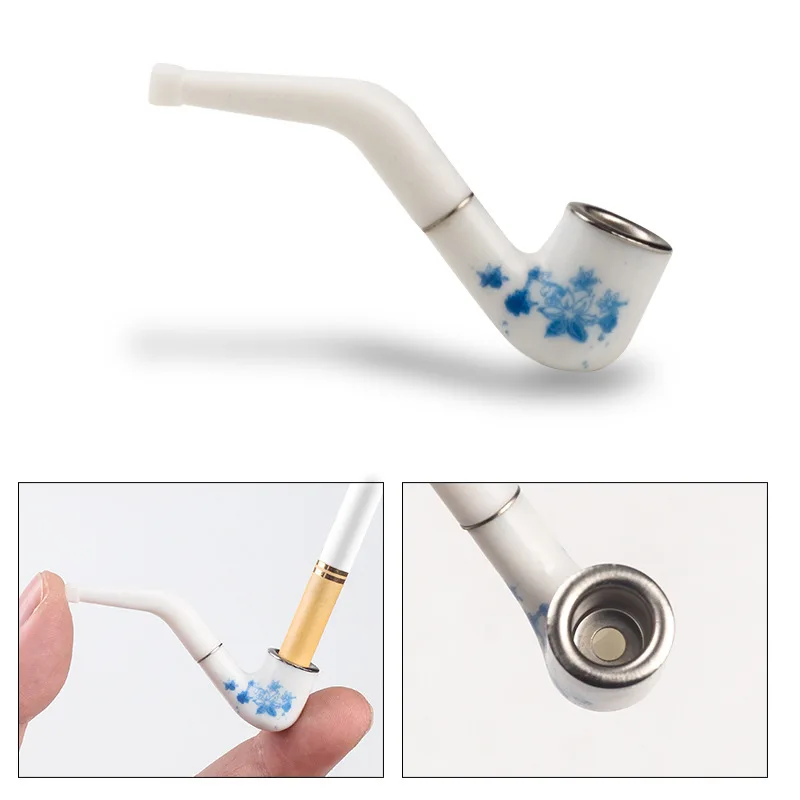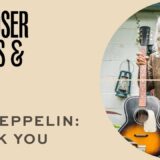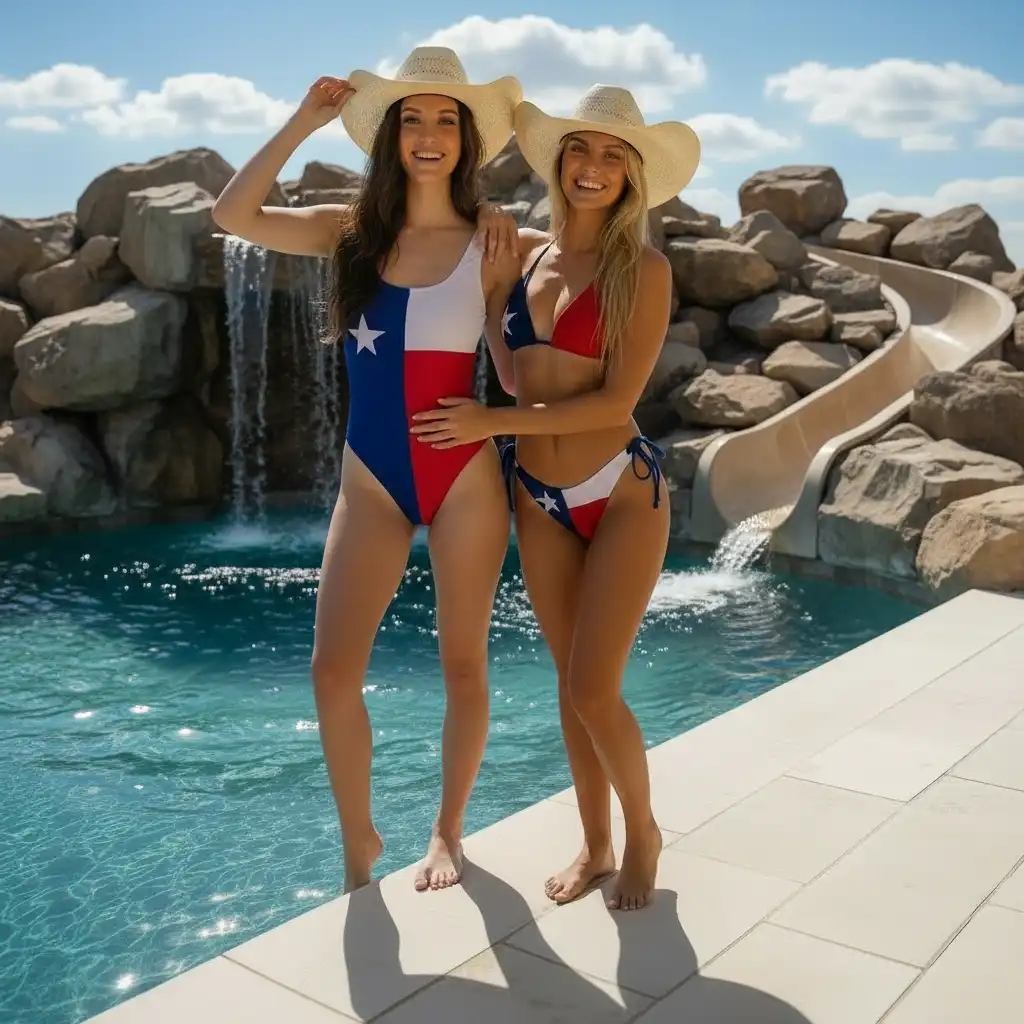In recent years, the conversation around cannabis has shifted dramatically, particularly in professional sports. Once stigmatized and strictly prohibited, cannabis is now being recognized for its therapeutic benefits, especially in pain management and recovery.

A growing number of athletes are coming forward to share their experiences, advocating for a reevaluation of cannabis policies in sports. One such advocate is Champ Bailey, a Hall of Fame NFL cornerback, who has become a prominent voice in this movement.
Bailey had an illustrious 15-year career in the NFL, primarily with the Denver Broncos, after being drafted by the Washington Redskins in 1999. Widely regarded as one of the best cornerbacks in league history, he was known for his exceptional coverage skills, speed, and football intelligence. Over the course of his career, he recorded 52 interceptions, was selected to 12 Pro Bowls, and was inducted into the Pro Football Hall of Fame in 2019. Playing at such a high level for so long came with a price—Bailey endured injuries and the constant physical toll of the game, leading him to explore alternative methods of recovery, including cannabis.
Like many athletes of his era, Bailey was initially skeptical about cannabis. Growing up in South Georgia, he was exposed to strong anti-cannabis sentiments. During his playing career, the NFL had strict policies against cannabis use, which meant that many players who relied on it for recovery had to do so in secrecy. Over time, as Bailey saw more of his peers using it responsibly and began experiencing its benefits firsthand, he became a strong proponent of its medical and therapeutic applications.
Since retiring, Bailey has become more vocal about his experiences with cannabis and its role in his wellness regimen. He is working to educate others, particularly in regions where stigma and misinformation about the plant persist. His partnership with Trulieve, a multi-state operator (MSO) in the cannabis industry, is part of his mission to promote cannabis education and advocacy, particularly in states like Georgia, where legal access is still highly restricted.
In this exclusive interview with Cannabis & Tech Today, Bailey shares his personal journey, breaking the stigma, and his work with Trulieve.
*This interview has been edited for clarity and brevity.
Cannabis & Today: When did you first explore cannabis as part of your recovery and wellness routine?
Champ Bailey: To be frank, I didn’t start using it until my early twenties, and I’ll give you the idea why it happened then. I grew up thinking the most negative things about cannabis, and I grew up in South Georgia, so you can only imagine the mindset there around what it meant to use cannabis. So, I didn’t touch it in high school, didn’t touch it in college, and I’m glad I didn’t. I recommend every kid not do it until they know more about it.
But when I got to the league, I was exposed to it a little differently. Everything I saw around my high school days, it was all negative—guys who would get into it, and next thing you know, they’re kicked out of school. It was always something negative. So, when I got to the league, I had all these different negative notions about it. That got kicked to the curb when I saw guys using it more. There were guys using it in college, but they weren’t the best players on the team.

But in the league, it was different because I saw these guys a lot. We hung out more in the league because we had so much downtime—no classes, nothing. So, I got accustomed to how they used it. A lot of the veterans introduced it to me in a social setting. But what I realized is how I felt afterwards, and I’m like, “Wow, this fits my lifestyle a lot better.” I’m not a big drinker, but I do drink. And it was like, “Okay, well, this is even better in social settings.”
Fast forward later in my career, I had a few injuries. I was always using it, but not in abundance—not strategically. That’s when I started noticing, “Okay, dang, I’m sore.” So, I would use it more during the week after practice, after games, and then that became my routine. And now that I’m retired, it’s just more before and after I work out. And that’s something I never really got to do while I was playing—work out while under the influence.
For me, it just levels me out. It gives me confidence in my abilities to do whatever I’m trying to do, but it also eases my mind, calms the pain I have in my joints, my elbow, which was my only surgery. For some reason, it acts up from time to time. So, it’s those things that really got me to stick to it, and I just figured out what was great for me. That’s what I would recommend.
Anybody that’s looking into doing it—figure out how it works for you. Consult your doctor or whoever you need to give you that guidance. And, man, that’s just been my introduction to it and why I stuck with it.
C&T Today: What does your cannabis routine look like today? Do you prefer topicals, flower, or other methods?
Bailey: Mainly flower, and I almost feel like that’s just part of how I experienced using it, and that’s what I’m accustomed to. But I have tried the topicals, lotions—I’ve tried them on my joints. They seem to work, but at the same time, I don’t trust it enough to put the joint down and really see. So, it’s one of those things. But I think just from feedback I get from others, they love it. Everybody who uses it that doesn’t like to smoke—every other way that you can consume it—people have great feedback about it.
Funny thing is, I got my mom to actually get her medical card here in the state of Georgia, and you got to imagine, this is a whole 180 for her. She’s older, obviously, and it is just something that she would have never taken to if it weren’t for me. And I’m glad that I had that positive effect on her because now she sees this as an option. She’s not a smoker, but we haven’t even had real discussions around how she’s going to use it. I’m just glad she took the step, and that’s my next step—let’s start talking about her use because that’ll help me bring more people in to learn more about it. She doesn’t realize it, but she can break down doors and barriers to people’s thinking.
C&T Today: How do you think athletes can help normalize cannabis use?
CB: First, tell your story. People want to hear about your experience. So, I’m always encouraging guys, man, just be open about it. I understand why they’re hesitant because, for our whole lives, people tell us to stay away from things like that. And now, when we get to the point where we see a benefit, it’s still hard to really turn the corner and be open about it. And it took me a while.
I tell all my former teammates, anybody that I talk to, it took me a while to get to this point where I’m really open about it, but I was really enabled and empowered by the partner that I have at Trulieve. When I tell them about the business side of it and how I’m connected to the business, and then who else is involved, then it becomes like, “Oh, well, why can’t I tell my story?”
Look at all these normal people that are involved in the business and that actually consume. So, it’s those stories, man. One story helps the next. Again, we influence each other as athletes, former athletes. So when I see my guys do it, I want to know why. And if I want to participate, I know I can because I see evidence that it’s working. So, that’s what I would encourage everybody to do—just tell your story and be open about it.
C&T Today: What’s next for you in advocacy and other projects?
CB: Just more of the same. I think just increasing the penetration of education, and basically what I mean is just continuing to tell these stories. I don’t feel like I could do enough interviews about my use and my experience with it. I think the more people hear it, the more I get approached about it. People will congratulate me, thank me for telling my story, being an advocate. Those same people that say that they’re hesitant to tell their own story, and I want to break down those barriers. I want everybody to feel comfortable and do it at their own pace because you want people to be real about it and really inspire the next person to do the same.






